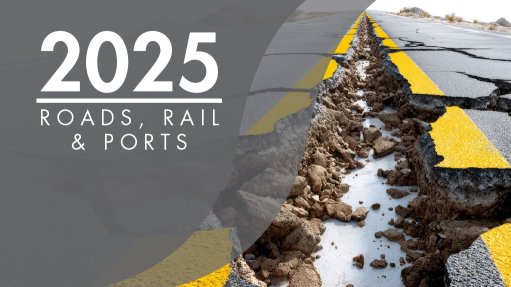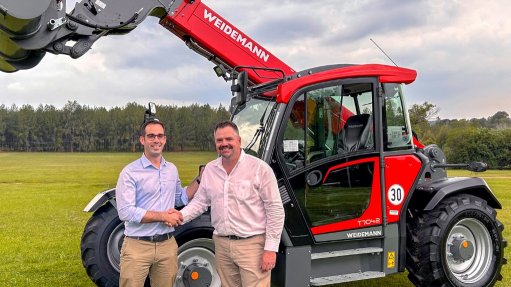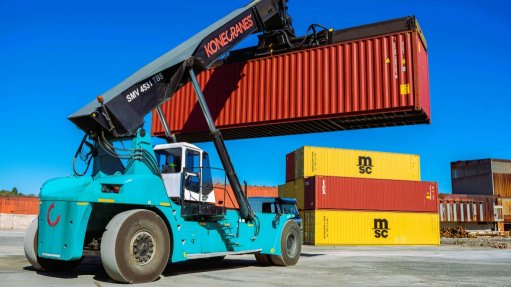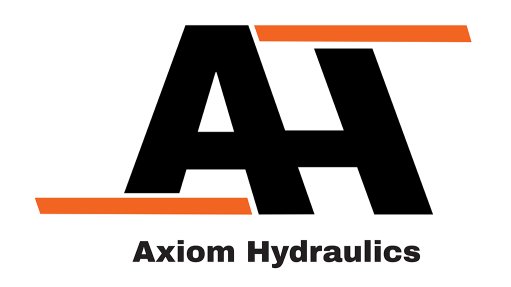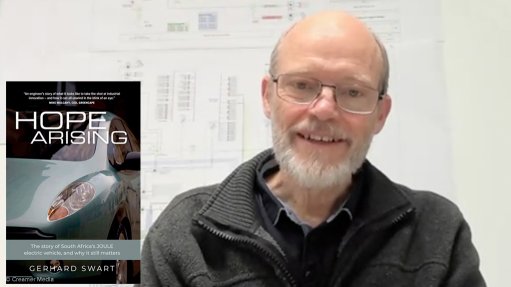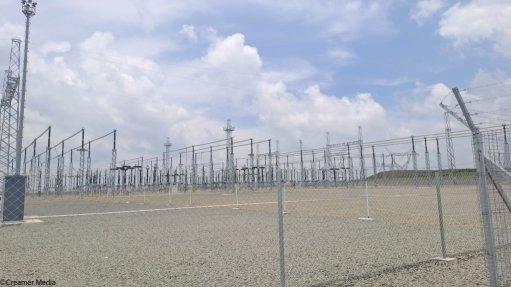Egypt seeks to stimulate green hydrogen, and derivatives, production
Egypt is seeking to position itself as a major hub for the production of green hydrogen and green ammonia (the latter being produced using the former as a feedstock; green ammonia is also much easier to store and to transport than pure hydrogen). Egyptian Electricity Holding Company Technical Studies and Follow-Up Sector for Steam and Gas Power Generation Projects head engineer Mohamed Hafez Ahmed highlights this to Engineering News.
The country adopted a National Green Hydrogen Strategy in 2023. Under this, Egypt seeks to capture 5% to 8% of the global hydrogen market by 2040, with, by the latter date, production of 5 600 000 t/y of green hydrogen.
Egypt has four big advantages regarding the production of green hydrogen and green ammonia. It has “abundant” renewable-energy potential, wind as well as the immediately obvious solar, allowing cost-competitive production of green hydrogen. Currently, 41 km2 of land has been allocated for renewable-energy projects, enough to install generating capacity totalling more than 128 GW. It already has key production infrastructure in place – Egyptian ammonia plants can also blend hydrogen. And there is its geographic location, close to Europe and with easy access to Asia, via the Suez Canal.
The Egyptian government has introduced a number of incentives to promote the development of the sector. It has streamlined the project permitting process, introduced incentives for foreign investment and developed partnerships with both the EU and Gulf Cooperation Council regarding certification standards. Further, the Suez Canal Economic Zone has created dedicated zones, with infrastructure support and tax exemptions, for green hydrogen and ammonia projects.
In addition, last year the country passed a law (Law No. 2 of 2024) to provide incentives not only for green hydrogen and ammonia (and other derivatives, such as green methanol) projects, but also for upstream and downstream projects, including the manufacturing of production equipment, as well as the storage, transport and distribution of green hydrogen and its derivatives. The condition is that at least 95% of the project’s output is dedicated to supporting and/or servicing the green hydrogen (and derivatives) sector, or that it be authorised by a Cabinet decree. Future expansions of such projects are also covered by the law.
There are two main challenges, he points out. One is the uncertainty in demand, and the need to secure offtake agreements. The other is that funding resources are currently limited. Achieving the country’s 2040 green hydrogen production target will require an investment of $60-billion. However, there is the potential to attract some of the $40-billion pledged for green investments at the COP27 summit (in 2022).
For the future, the country’s green hydrogen programme has an export focus, with the potential to supply European countries, such as Germany, as well as Asian ones. But it also provides an opportunity to decarbonise Egyptian industry, by using green hydrogen to produce both fertilisers and steel.
“Egypt is emerging as a key green hydrogen player in Africa, combining renewable potential, strategic location, and proactive policies,” affirms Ahmed. “Success hinges on scaling infrastructure, securing financing, and fostering international partnerships.”
Article Enquiry
Email Article
Save Article
Feedback
To advertise email advertising@creamermedia.co.za or click here
Comments
Press Office
Announcements
What's On
Subscribe to improve your user experience...
Option 1 (equivalent of R125 a month):
Receive a weekly copy of Creamer Media's Engineering News & Mining Weekly magazine
(print copy for those in South Africa and e-magazine for those outside of South Africa)
Receive daily email newsletters
Access to full search results
Access archive of magazine back copies
Access to Projects in Progress
Access to ONE Research Report of your choice in PDF format
Option 2 (equivalent of R375 a month):
All benefits from Option 1
PLUS
Access to Creamer Media's Research Channel Africa for ALL Research Reports, in PDF format, on various industrial and mining sectors
including Electricity; Water; Energy Transition; Hydrogen; Roads, Rail and Ports; Coal; Gold; Platinum; Battery Metals; etc.
Already a subscriber?
Forgotten your password?
Receive weekly copy of Creamer Media's Engineering News & Mining Weekly magazine (print copy for those in South Africa and e-magazine for those outside of South Africa)
➕
Recieve daily email newsletters
➕
Access to full search results
➕
Access archive of magazine back copies
➕
Access to Projects in Progress
➕
Access to ONE Research Report of your choice in PDF format
RESEARCH CHANNEL AFRICA
R4500 (equivalent of R375 a month)
SUBSCRIBEAll benefits from Option 1
➕
Access to Creamer Media's Research Channel Africa for ALL Research Reports on various industrial and mining sectors, in PDF format, including on:
Electricity
➕
Water
➕
Energy Transition
➕
Hydrogen
➕
Roads, Rail and Ports
➕
Coal
➕
Gold
➕
Platinum
➕
Battery Metals
➕
etc.
Receive all benefits from Option 1 or Option 2 delivered to numerous people at your company
➕
Multiple User names and Passwords for simultaneous log-ins
➕
Intranet integration access to all in your organisation





